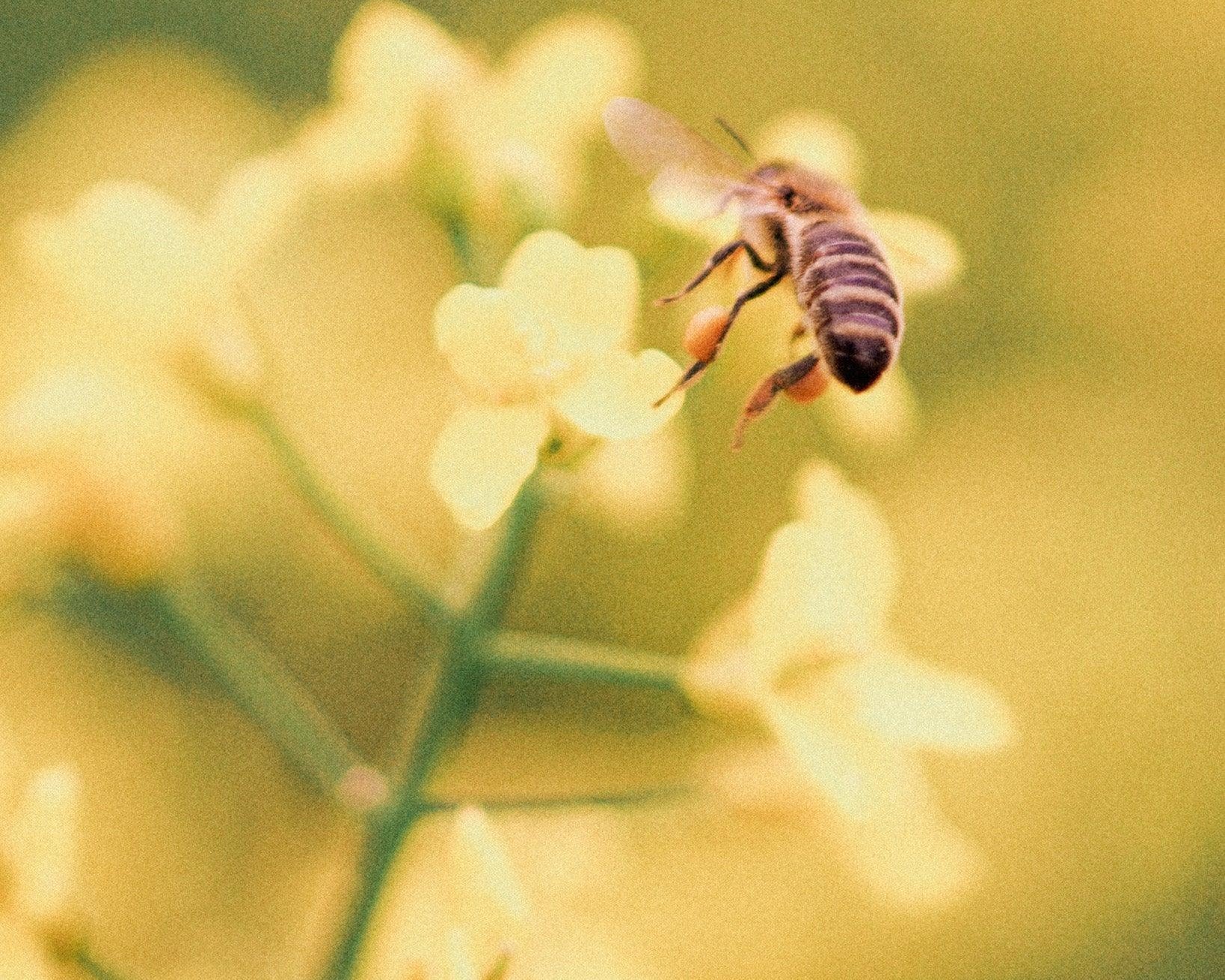
Raw honey vs. classic honey
Today's article will discuss, as the name already suggests, the most discussed topic - honey and its differences. Raw honey and classic honey are often inappropriately combined into one and the same type of honey, and the great qualities of raw honey are thus attributed to the classic, often artificially sweetened, more distant relative. The main differences can even be divided into three main categories, which are post-harvest production processes, added sweeteners and nutritional benefits.
Processing
The main difference between raw honey and regular honey occurs during the post-harvest production process. Raw honey usually needs to be strained to remove bits of honeycomb and other impurities. At the same time, the removal of comb and dirt is common for all types of post-harvest processing.
Classic honey often goes through a number of different processes after harvesting. At a minimum, pasteurization takes place by heating to very high temperatures. The process of pasteurization destroys the microbes naturally present in food, extending its shelf life and reducing the likelihood that it will begin to spoil. In the case of honey, we hardly have to worry about the aforementioned spoilage. It naturally has a very long shelf life - for this very reason it was used as a preservative already in ancient times. Pasteurization also helps keep the honey liquid and can prevent the crystallization process.
The next processing step that classic honey can go through is filtration. Filtration removes air bubbles from the honey, giving it a uniform appearance that many consumers find aesthetically pleasing. With another round of filtration, called ultrafiltration, even greater transparency can be achieved. Each of these additional filtration steps often removes enzymes and pollen that are key to honey's health benefits, depleting the honey of its naturally beneficial substances that the bees laboriously create throughout their lives.
Added sweeteners
Classic honey may not contain as much pollen as raw honey, but it usually contains other ingredients – for example, added sugars. Commercial honey companies often add sugar, caramel, syrup and other ingredients to sweeten the honey and make it go further. This of course lowers costs and helps the company increase profits, which is also a big incentive for large companies to continue this practice.
Raw honey may be more expensive, but it also gives you the assurance that you are getting 100% honey instead of a product mixed with inferior ingredients.
Health benefits
Raw honey usually offers even more health benefits than regular honey, mainly due to minimal processing (not to mention the absence of added sweeteners). Pasteurization and filtration processes can remove bee pollen, bee propolis, vitamins, minerals, enzymes, amino acids, antioxidants and other substances that provide nutritional benefits.
While more research needs to be done on raw honey versus regular honey, we have evidence that raw honey contains many beneficial compounds and that pasteurization and similar processes remove the nutritious compounds. Without these beneficial substances, you will not get the anti-inflammatory, antifungal and antibacterial benefits of honey. If you consume honey for its nutritional benefits, and not just for its delicious taste, then you should consider choosing raw honey over regular honey.
Taste and texture
Let's finish by focusing on taste, texture and what our taste buds say about these two types. Regular honey tends to be more transparent and offers a more standardized taste compared to raw honey. This is especially true for large production runs by large commercial companies that are designed to churn out thousands of bottles of honey that look and taste the same. In contrast, raw honey often has a slightly cloudy appearance, as the very small pieces of comb cannot be removed without additional filtration. This cloudy appearance can be further affected by the crystallization process, which is more common in raw honey due to the absence of pasteurization. Crystallization can, however, be very easily reversed by gently heating the container of honey in a warm water bath.
Raw honey also offers a variety of flavors because the different plants used to produce the nectar give the honey a unique flavor. Regular honey doesn't tend to have as much of its own natural flavor because processing filters out much of the pollen, which is a major contributing factor to the resulting unique honey flavor.
Whether you're rooting for artificially sweetened classics or you prefer nature, honey in both forms will bring enriching nutrients and beneficial substances to your body. To what extent and under what processing conditions, the choice is then purely yours.
About our raw honey - David's ecological bee farm
Our bees in southern Moravia work diligently on our honey. It is a rare source of vitamins with mainly significantly higher levels of enzymes, minerals and antibacterial properties than are found in ordinary commercial honey.
In essence, we let Mother Nature, seasonal cycles, symbiotic relationships and microclimates cultivate our produce.
Our commitment is to present to the world in their purest and unadulterated form. And with minimal human intervention.




